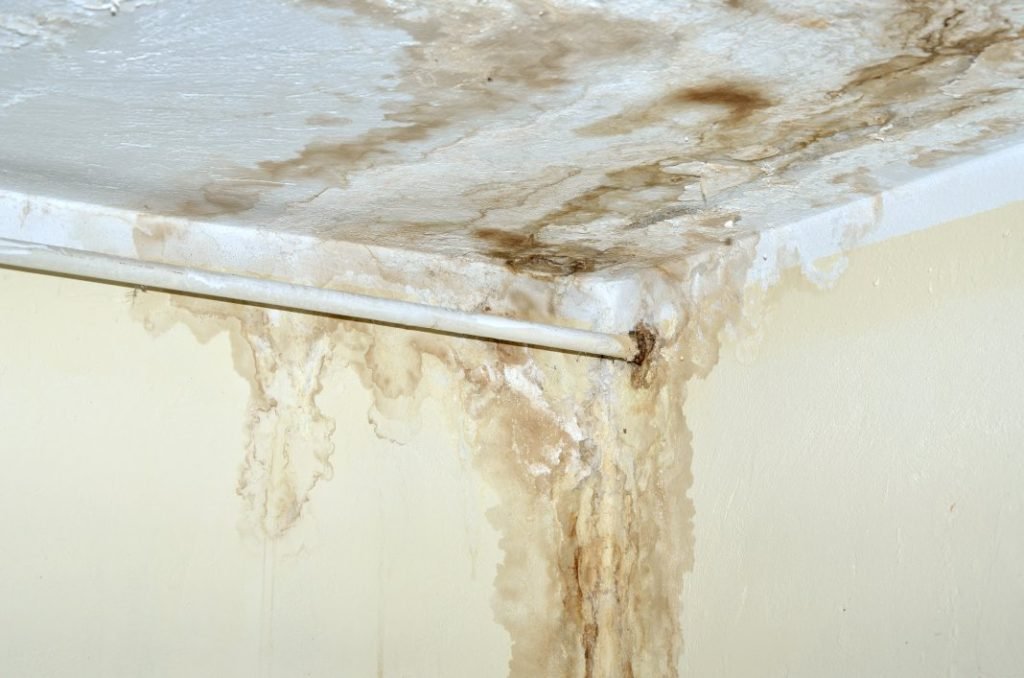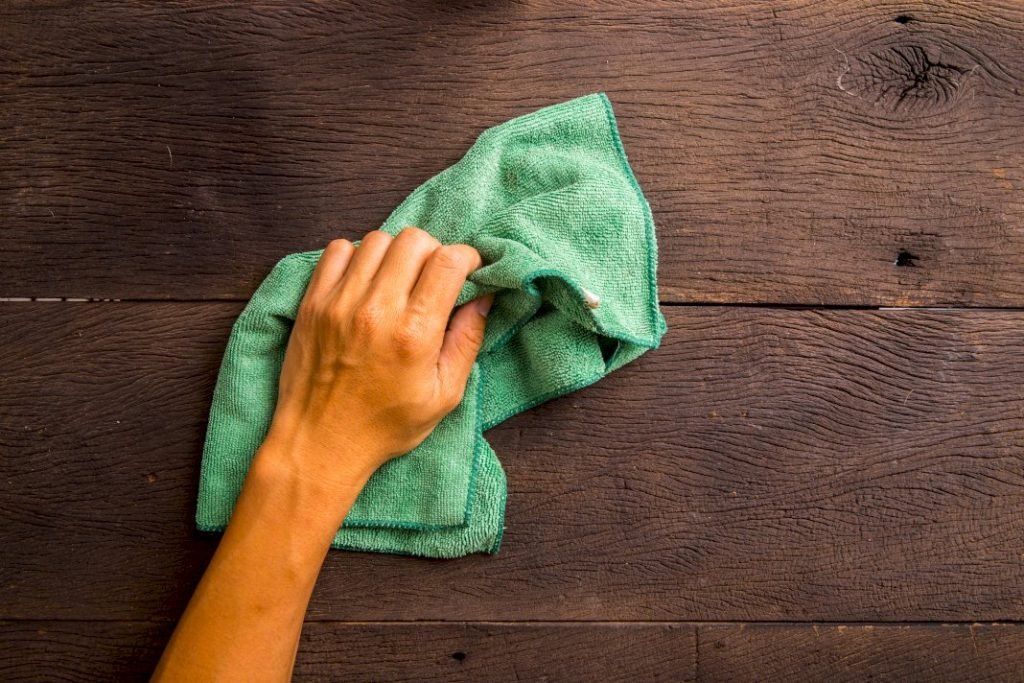- Allergies occur when the body’s immune system responds abnormally to usually harmless substances.
- Common allergens in the home include indoor dust, mold, pet dander, saliva, and cockroaches.
- To reduce allergic reactions at home, repair and clean air ducts, use air purifiers with HEPA filters, and install hardwood floors.
- IgE antibodies and mast cells significantly affect the allergic response process.
- Small steps such as regular cleaning and maintenance can help create an allergy-free environment in the home.
Your home is where you feel most comfortable and safe. However, your home can also be where you experience allergic attacks. You may experience allergies such as sneezing, runny nose, itchy eyes, or skin rashes due to various allergens in your home. Here’s what you need to know about allergies, their common reasons, and how to lessen your allergic attacks at home.
The Science Behind Allergies
Allergies result from an abnormal immune response to substances that are typically harmless to most people. The scientific understanding of allergies involves several key components:
- Allergens: Allergens are substances that trigger an allergic response in susceptible individuals. When an allergen enters the body, it is recognized by the immune system as a threat, even though it is harmless to non-allergic individuals.
- Immunoglobulin E (IgE) Antibodies: In allergic individuals, the immune system produces specific antibodies called immunoglobulin E (IgE) in response to exposure to an allergen. IgE antibodies are designed to bind to the allergen and initiate an immune response.
- Sensitization: Initial exposure to an allergen sensitizes the immune system. During this sensitization process, the immune system recognizes the allergen as foreign and produces specific IgE antibodies against it.
- Mast Cells and Basophils: IgE antibodies attach to specialized cells called mast cells in tissues throughout the body, particularly in areas prone to allergen exposure, such as the respiratory system, skin, and gastrointestinal tract. Similar to mast cells, basophils are a type of white blood cell involved in allergic responses.
- Allergic Reactions: When an allergic individual is re-exposed to the allergen, the allergen binds to the IgE antibodies on mast cells or basophils, triggering the release of various chemical mediators, such as histamine, leukotrienes, and cytokines.
Common Reasons Behind Allergic Attacks at Home
There are many potential sources of allergens in the home. Here are some of them:
Indoor Dust
Dust is one of the common allergens present in every home. Everything inside your house, from furniture to floors, carpets, and curtains, accumulates dust. It contains particles such as dead skin cells, pet dander, and pollens that can trigger allergic reactions. To keep the dust level low, vacuum your carpets and floors regularly, change your bed sheets weekly, and wipe surfaces with a damp cloth instead of a dry one.

Mold
Moisture is an open invitation to mold growth in your home. Places like bathrooms, kitchens, and basements are prone to mold growth. Mold produces spores that can cause severe breathing issues, especially for those with asthma. You can use a dehumidifier, fix leaks and leaks, and frequently clean your bathroom to prevent mold growth.
Pets
Pet dander and saliva are common allergens that can cause skin rashes, sneezing, and itchy eyes. Even if you are not allergic to pets, your visitors might be. Regular baths, frequent cleaning, and air purifiers are recommended to reduce pet allergens.
Cockroaches
Cockroaches are disgusting, and they also trigger allergic reactions in humans. The allergic reactions can get worse in children and adults who have asthma. If you find any cockroaches in your home, you must take action quickly to eliminate them. Use baits, gels, or hire professionals to control the infestation.

Chemicals
Chemicals from household cleaning products, air fresheners, and scented candles may irritate your eyes, skin, and respiratory system. It’s essential to read the labels, use fragrance-free products, and open windows for proper ventilation while using these products.
Improving Your Home to Reduce Allergic Attacks
There are a couple of ways to improve your home environment so that it is less prone to triggering allergic reactions:
Repair and Clean Air Ducts
Dust can accumulate in your air ducts and be problematic if you have allergies. This is why getting your air ducts cleaned and repaired regularly is essential. Certain companies, such as Aeroseal Colorado, can do this for you. They have the equipment to clean and even repair your air ducts to ensure that dust won’t accumulate and seep into your home.
Use Air Purifiers with HEPA Filter
Air purifiers are a great way to reduce allergens in the air. Look for ones with a high-efficiency particulate air (HEPA) filter, which captures up to 99% of allergen particles. Additionally, you can opt for an allergen-specific filter, such as one designed to target pet dander or pollen.
Install Hardwood Floors
Hardwood floors are the easiest to clean and maintain compared to carpets. Carpets can easily collect dust, mites, and other allergens that trigger allergies. Therefore, it’s better to opt for hardwood floors if possible.
Allergies can be a nightmare if not taken seriously. Knowing the common reasons behind allergic attacks and acting accordingly is essential for maintaining a healthy home environment free of allergens. The tips above should help you reduce exposure to airborne allergens and improve your overall health. With these few simple steps, you can go a long way in reducing allergies at home.